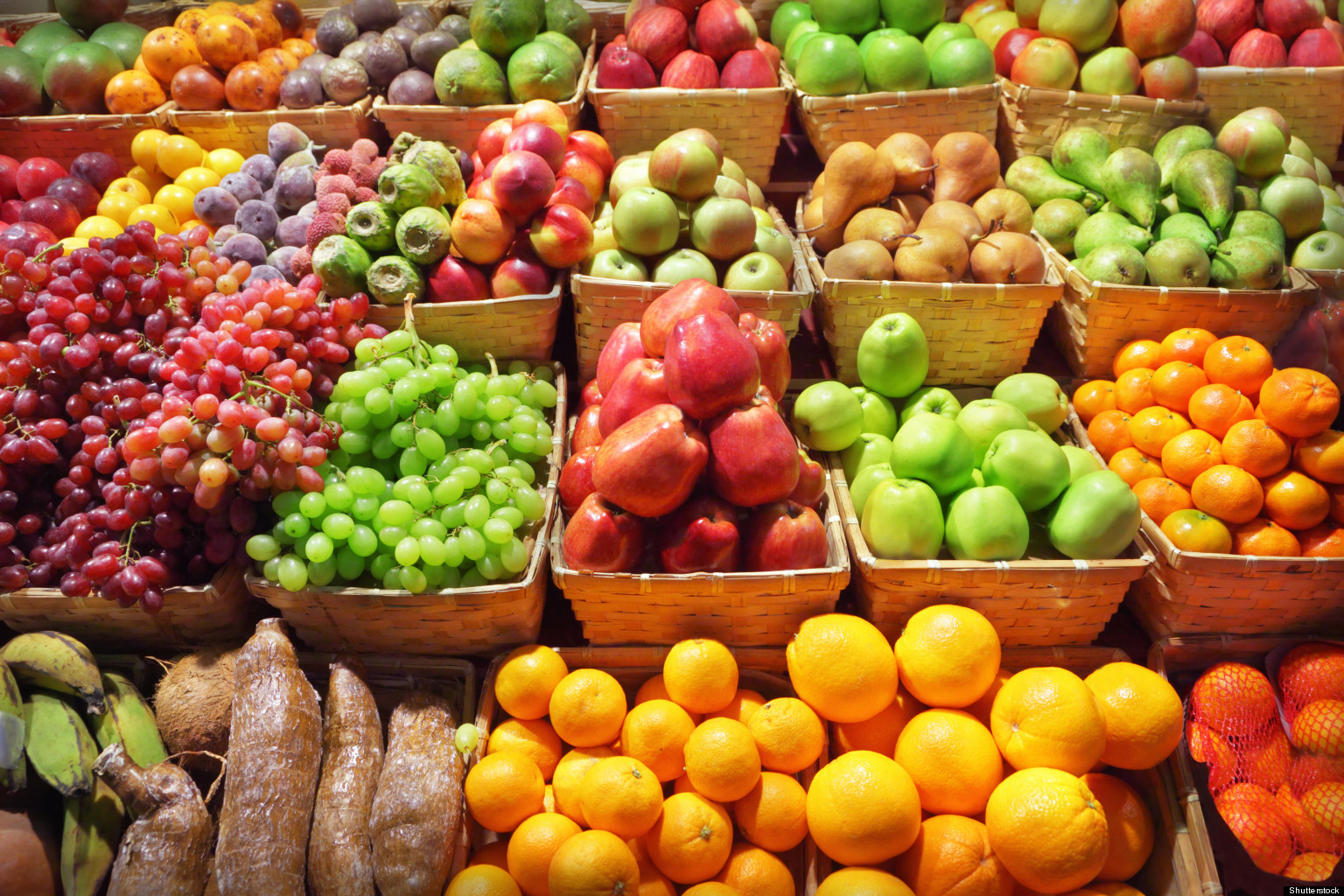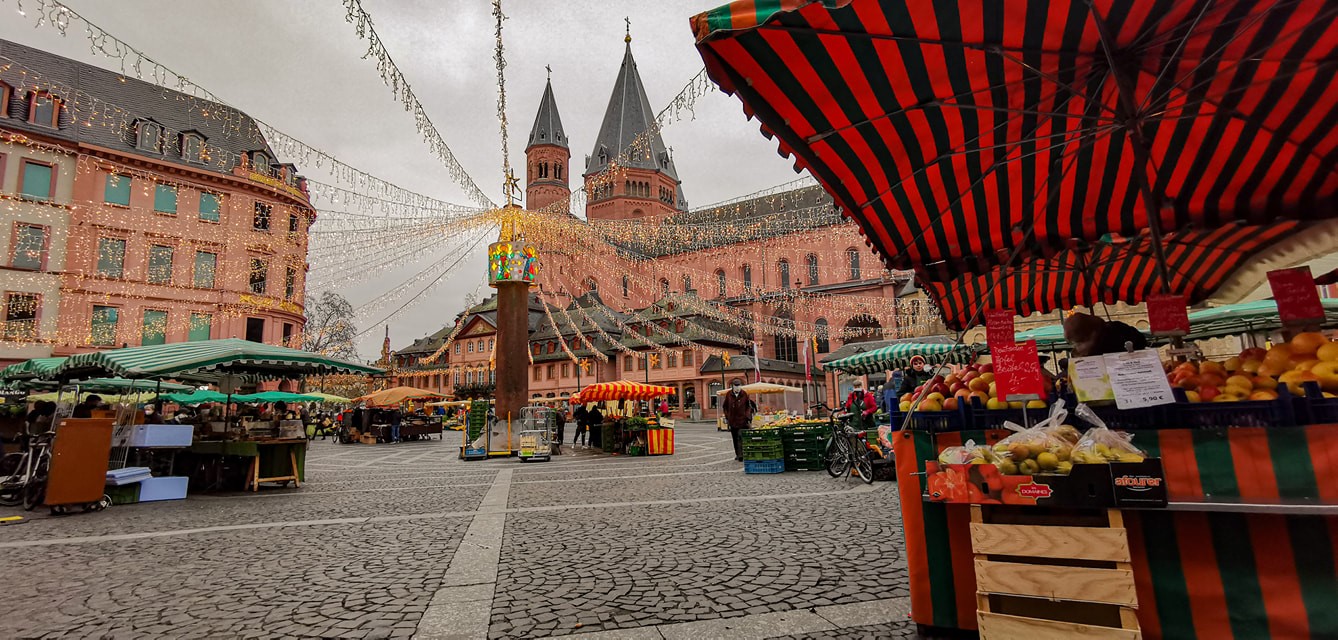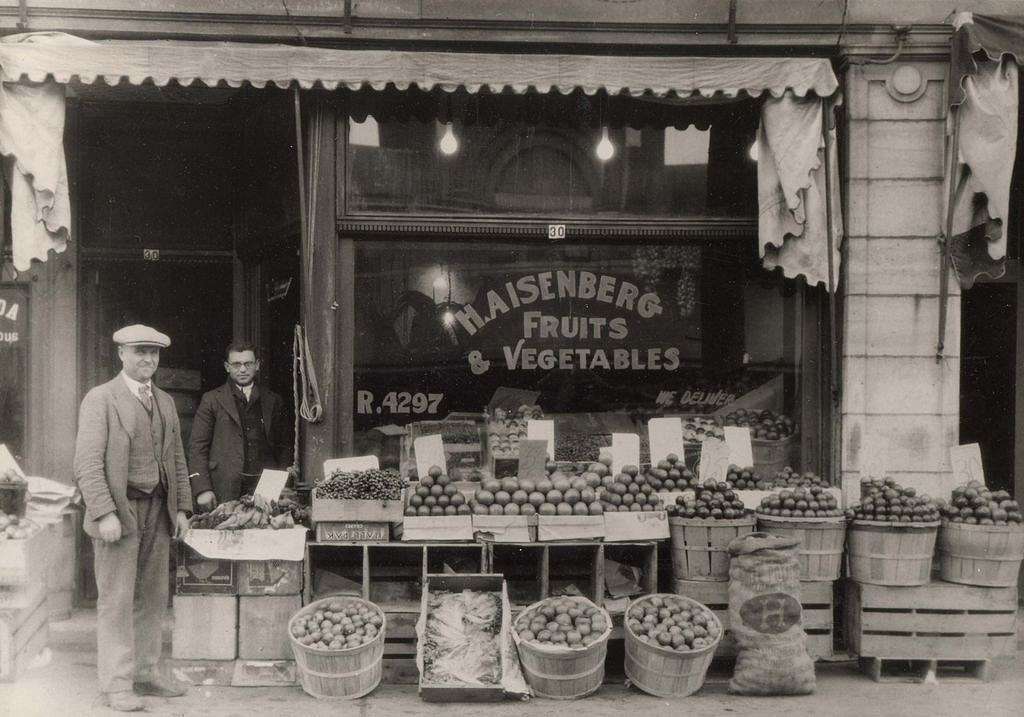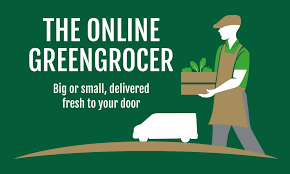The Fresh Produce Retail System
Definitions & Origin
Coinage & Money
 Ancient Lydian Coin.
Classical Numismatic Group, Inc. http://www.cngcoins.com
Ancient Lydian Coin.
Classical Numismatic Group, Inc. http://www.cngcoins.comThe Oxford dictionary defines retail as "the sale of goods to the public in relatively small quantities for use or consumption rather than for resale." The Fresh Produce Retail System is most certainly part of food retail, and the definition here is very broad, i.e.; it is referring to "goods" and "consumption" generally. We can therefore safely assume that fresh produce is covered here.
The other term that pops up in the definition is "sale". Referring back to the Oxford Dictionary, we can ascertain that "sale" is in its most basic form "the exchange of a commodity for money."
Money appeared in our ancestral societies, in the first instance, in the form of coins. No such thing as the $1 note initially!
The Americam Numismatic Society tell us that "Coinage was invented in the ancient kingdom of Lydia during the 7th century BC, in what is today central Turkey. The idea was quickly adopted by the Greeks and soon nearly every Greek city and colony from southern France to the northern shores of the Black Sea began to produce their own coins."
That much on the origin of money - an essential element when one wanted to carry out a sale.
Commodity

Fresh fruit & vegetables are a type of commodity. Period. There are many marketers who may beg to differ, particularly those who have spent decades building very successful produce brands on the basis of FMCG principles. But it does not matter how strong any fresh produce brand is, the law of perishability also applies to branded fresh produce, and perishability and being a commodity are closely related attributes. The FAO certainly classify fruit & vegetables as commodities, as do industry publications such as the Blue Book.
Fresh Produce Retail System - the Horizontal Structure
Historically, our forebears understood very well that perishable commodities needed to be reaching their final destination, i.e.; consumers without significant delays. That in its own right did not present a problem, a long as growers, farmers, or peasants were just growing agricultural commodities for their own consumption.
By the Middle Ages, farmers had learned how to store certain fruits and grains for a little while, prior to consumption. But when societies' level of sophistication reached the point where farmers were able to sell their surplus production to others, and use the money generated to buy food or household items they were not able to grow or produce themselves, the only viable solution they had was to drive their surplus produce into the nearest town and hope that town people needing to buy fruit and vegetable would come by the spot where they had chosen to offer their wares.
Markets

The epicentre of medieval city life were the areas where cathedrals were being built. That is where people passed by \, checked progress and congregated. So that is where the farmers from the countryside outside the inevitable city walls came with their fruits and vegetables in the hope of fining buyers.
Today, a thousand odd years later, nothing has changed. The cathedrals have been finished, of course, some later rather than sooner, but city shoppers still flock to the markets near the cathedrals, despite the multitude of options they have today to acquire their fruit and vegetables.
Greengrocers & Fruiterers

Greengrocers Fruiterers emerged as towns and cities grew, and a singular produce market at the centre of town could no longer be relied upon to supply all town folks with their fruit and vegetables needs. Farmers still sent their produce to town - but to a wholesale market where produce was consolidated, and where greengrocers & fruiterers came several time a week to purchase those fruit & vegetables in bulk, that they needed to satisfy the clientele of their stores.
Greengrocers & fruiterers existed in parallel to grocery stores, where one could buy all the other household needs, such as flour, sugar, spices, etc. The common link between grocery stores and greengrocers was that customers were being served by staff. The concept of self-service had yet to be conceived.
Supermarkets

Today's supermarket can trace their origin back to a chain of stores that has its origin in Memphis, Tennessee. It was there that the first Piggly Wiggly self-service store was opened in 1916. And retail changed forever!
The first supermarket in New Zealand, Foodtown, opened in 1958. It was the brain child of Tom Ah Chee, a Chinese greengrocer, who had seen the supermarket concept during a visit to the United States and decided that he wanted to introduce supermarkets into New Zealand.
Whist supermarkets have been a stable presence in every New Zealand town and city ever since, the same cannot be said about the brand name these stores have operated under over the years. This New Zealand Herald article provides a short but succinct chronology of New Zealand supermarkets brands over the decades.
Online Produce Merchants

The arrival of the Internet and the emergence of on-line shopping has also added new opportunities and complexities for the fresh produce trade. Fruit & vegetable are a little more delicate than cans of baked beans, bottles of lemonade or washing powder. It therefore took customers, who happily converted from shopping supermarket centre aisles products in person to the online version, a little while longer to trust their online provider with selecting fruit and vegetables on their behalf. Those initial hesitations appear to have been overcome though, judging by the multitude of online fresh produce purveyors who are competing for the business of internet savvy consumers.
As one can see, the fresh produce retail system offers consumers several structured mechanisms to readily avail themselves of a incredible range of fresh fruit & vegetables.
Regardless of which fresh produce retail system one prefers though, all systems have one thing in common: